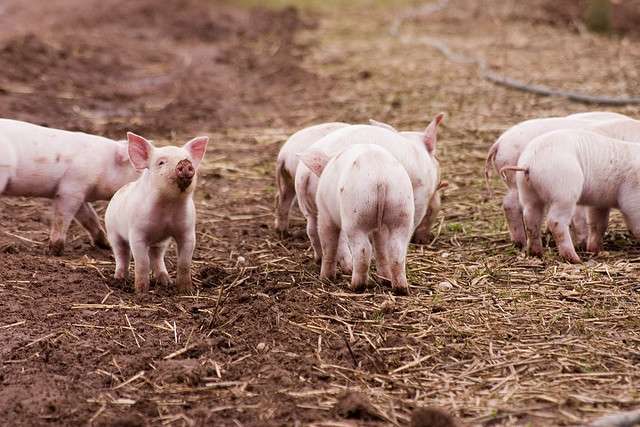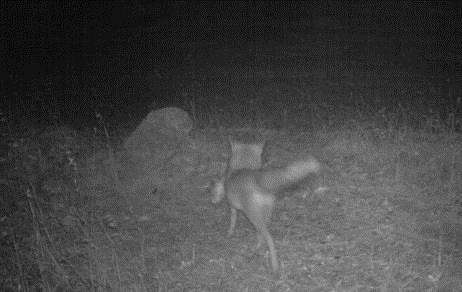Hungry foxes test sows on mothering skills

Research into foxes preying on piglets in the Great Southern has revealed some sows are better mothers than others depending on whether or not they protect their offspring from the pests.
Murdoch University veterinary and life sciences researchers Trish Fleming, John Pluske, Yvonne Lau and Shannon Dundas investigated fox predation on piglets at a free-range piggery near Albany from August until December last year.
They installed eight motion sensor cameras across the property and recorded footage 24 hours a day.
Dr Fleming says the footage showed a high number of foxes.
"We got one image of five foxes in view, which indicated very high fox numbers," she says.
"We also saw foxes carrying piglet carcasses away from the farm's burial pit…after natural deaths due to sows laying on them."
They attached GPS tracking units to 32 piglet carcasses in a bid to track foxes to their dens to determine if they were feeding their pups.
Nine were taken and on three occasions researchers trailed the fox to denser vegetation but not a den.
Dr Fleming says they would like to investigate if they could influence foxes bait-taking behavior by presenting baits with different olfactory or visual cues as an aversion methods for preying on piglets.
"When you have so much abundant fresh food they do not tend to go for baits much," Dr Fleming says.
"Baits are usually ground laid or buried, so we would like to try methods where they are presented in different ways to make them more attractive."

Motion sensor cameras also monitored the foxes entering 11 breeding huts around-the-clock from when the sows farrowed, or gave birth, until piglets were weaned at one month old.
The researchers gave each sow in the study an identification number to assess individual farrowing and weaning success rates.
"We looked at the proportion of piglets born that were still present at weaning and found a significant effect of maternal identification, which suggests some sows are being more protective of their litters than others," Dr Fleming says.
"There is something about individual sows which indicates they farrow more readily or will protect their litter against an intruder."
Dr Fleming says they cannot explain this finding.
"We do not have evidence which shows what aspect of the sows behaviour is influencing the piglets' survival but we are looking to revisit some of these issues in the future," she says.
Provided by Science Network WA





















